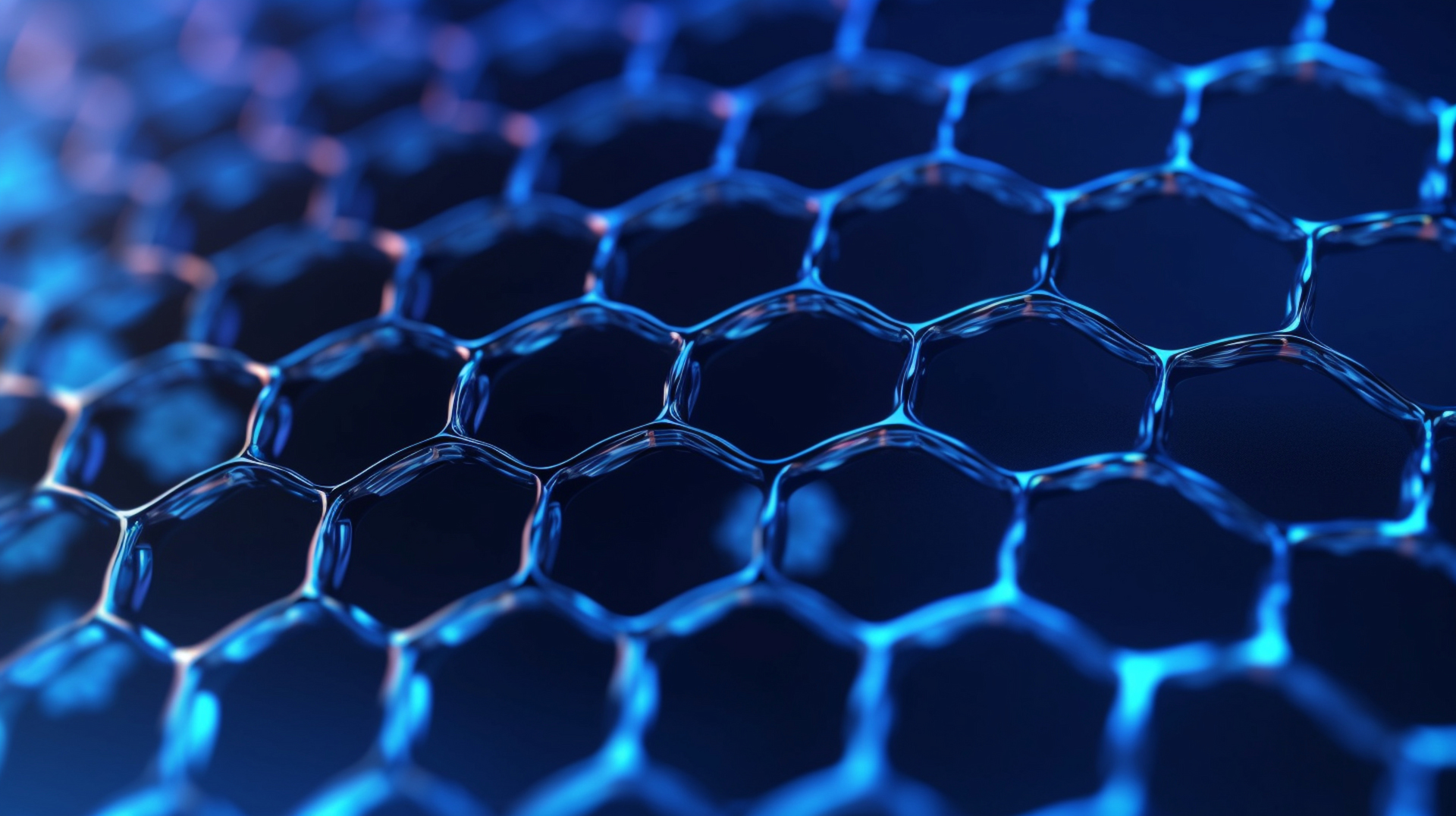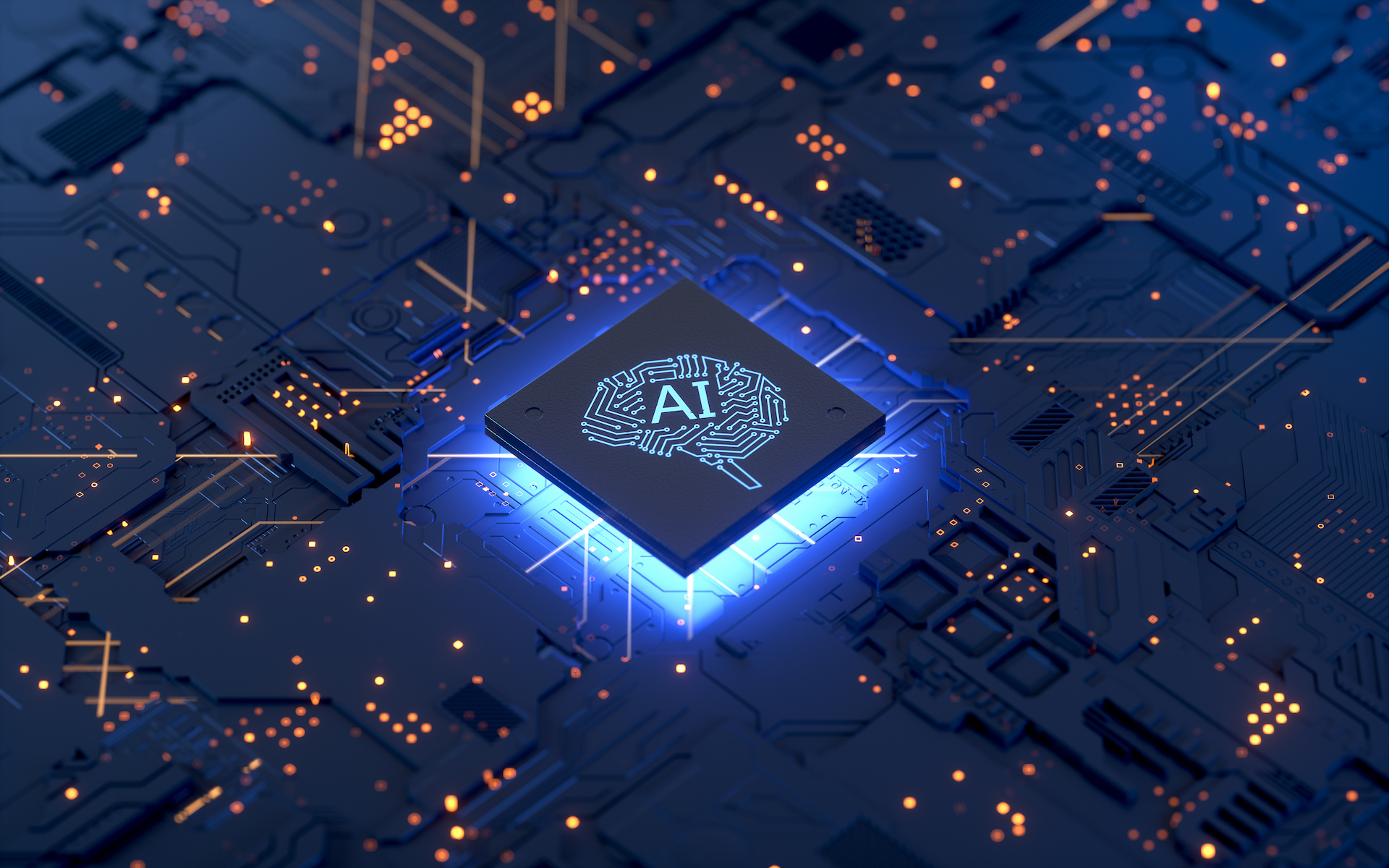For ages, the scientific community has been enamored by the potential of harnessing energy from the elusive matter waves of Louis de Broglie, often referred to as radiations of the unseen spectrum. The pioneering stride towards unraveling this mystery was taken by the illustrious Nikola Tesla, who termed these matter waves as "the aether." Alas, his endeavors, while visionary, did not culminate in practical applications.











